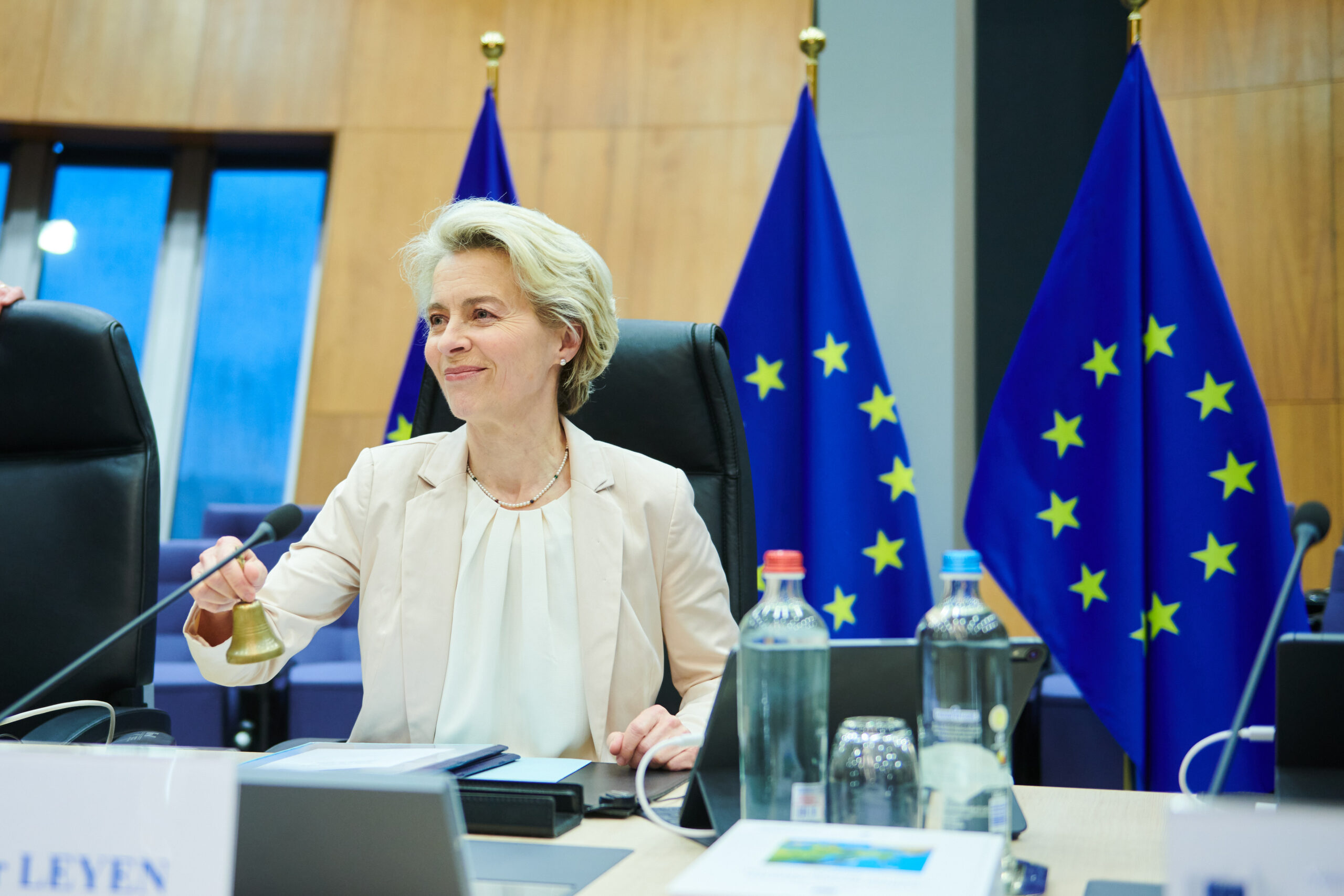While the EEAS has a key role to play in supporting the action of the High Representative, the European Commission has been able to play its part in the political game in Brussels and to take its place among the institutional players in European defence through its budgetary competences, its various financial mechanisms such as the European Defence Fund and the recent creation of a Directorate-General for Defence Industry and Space (DG DEFIS).
This is most often done through the usual legislative process in which the Commission makes a legislative proposal, then the EU Council (where the Member States sit) and the European Parliament negotiate a final agreement.
It is in shaping the texts that the Commission has taken the lead, for example in proposals to combat cyber threats, the establishment of military mobility, the launch of an instrument for joint European armaments procurement (EDIRPA), or more recently in boosting the defence industry’s capacity to produce the ammunition that Ukraine and European armies need. This phenomenon is accelerating with the war in Ukraine.



